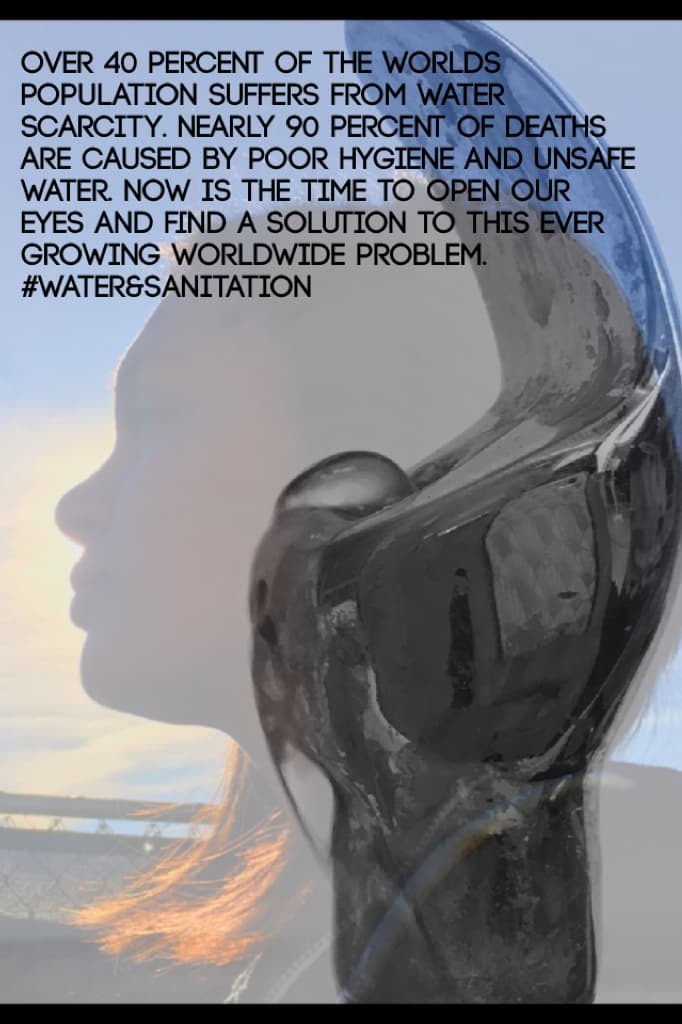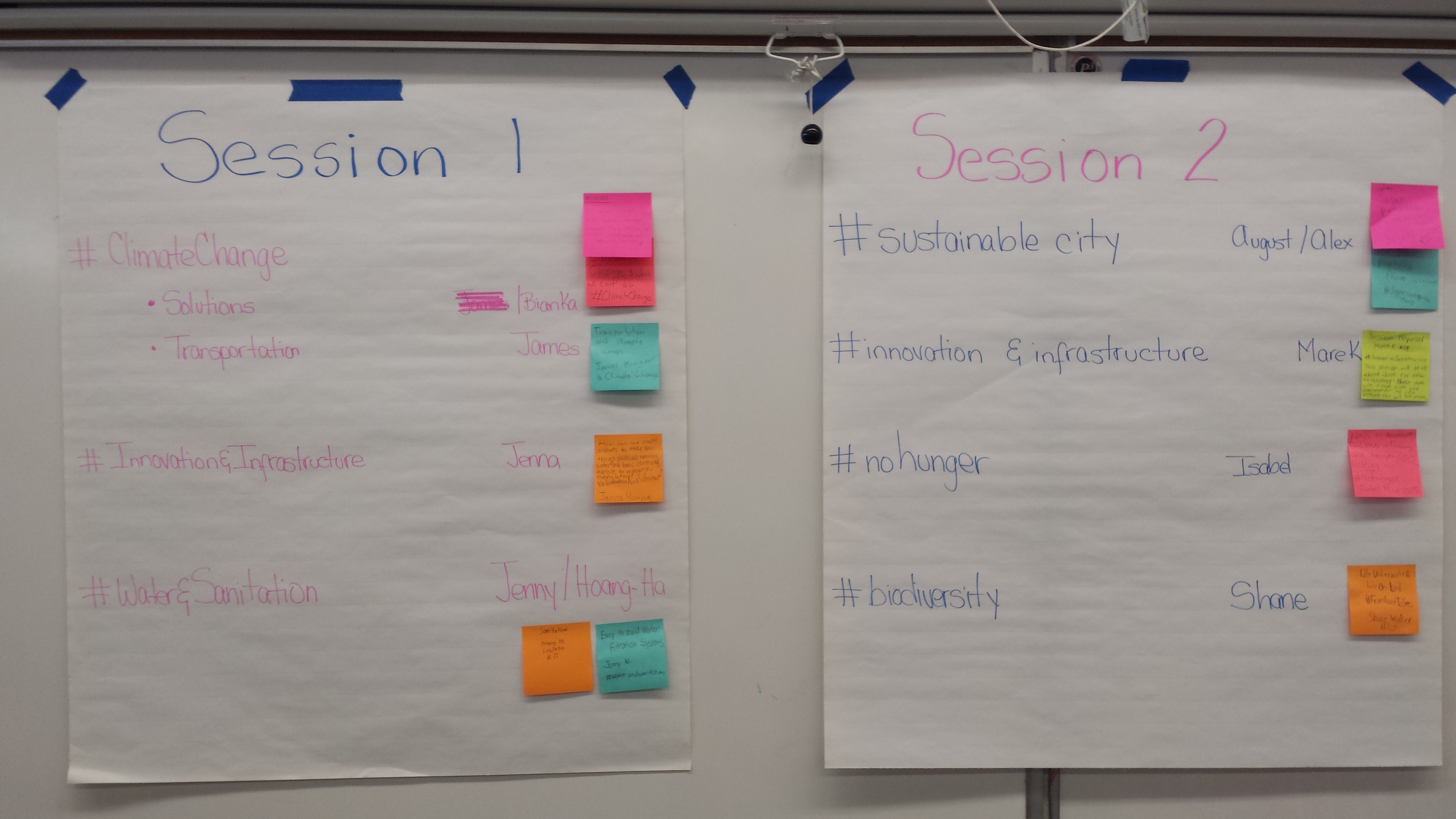If you’ve attended a conference in the last couple of years, you may already be familiar with the word “unconference” — a relatively new type of informal meeting at official conferences, where individuals who share a common interest in a topic get together for a conversation. No need for a formal presenter. No stress to create posters, hand-outs or slide decks. Just individuals, a common space, and a conversation. This sounds a lot like the impromptu discussions that spring up when a student asks a particularly interesting question or, if you are a project-based-learning teacher, the “need to know” discussions you have after an entry event. So why not bring this format into the classroom and let your students participate in their own student-led unconference (StunConference)?
Now you may be thinking that a student-led unconference is an impossibility. How are you going to ensure that students actually talk about the topic at hand? Where is the accountability? I don’t have a magic answer, but I can share what I’ve done to prepare and lead StunConferences in my middle-school classroom, and how it led to developing empathy in our Global Goals project.
Setting the Stage
A successful StunConference does not just happen. As with many other classroom activities, success comes from advanced preparation by the teacher. The students need some structure and explanation of the expectations. Based on the lessons I learned from my first attempt at un-conferencing with students, as well as from the work done by my colleague Samantha McMillan, I created a StunConference website. This website can be used to teach students not only what a StunConference is, but also to provide details regarding the expectations at each step. Once students understand that they are in charge of the conference, and they will be able to develop their own sessions and conversations, it is time for the big topic reveal.
The Topic

Although a StunConference can be done with almost any topic, one of the things I’ve learned is that the topic needs to not only be loose enough to engage all your students but also deep enough to allow for thoughtful conversations. That’s why I decided that the UN’s Global Goals would be a good match for a StunConference.

 On the day of the StunConference, I showed the students the organized session wall and invited the session leaders to sit at one of the tables I’d set up. The rest of the students then joined the topic they wanted to discuss. I quickly went over “
On the day of the StunConference, I showed the students the organized session wall and invited the session leaders to sit at one of the tables I’d set up. The rest of the students then joined the topic they wanted to discuss. I quickly went over “